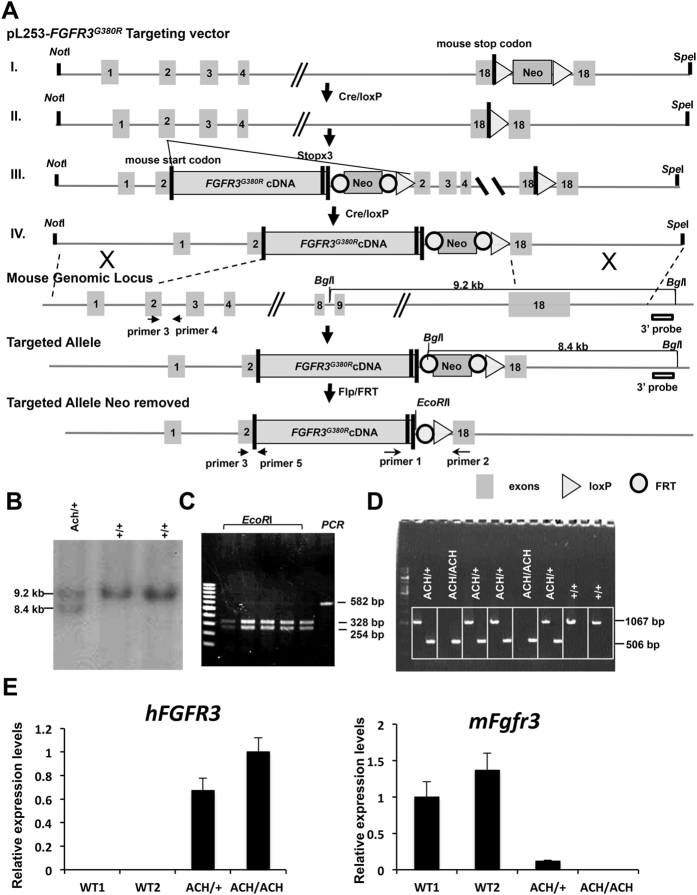Figure 1. Generation of ACH mice and human FGFR3 WT controls by introducing human FGFR3G380R cDNA or WT FGFR3 into the murine Fgfr3 locus.
(A) Strategy for the generation of the targeting vector and depiction of the final chromosomal structure of the murine Fgfr3 locus after the introduction of the human FGFR3G380R cDNA via gene targeting. (B) Mouse embryonic stem cell clones containing the targeted allele were identified by Southern blot analysis. (C) The neomycin resistance cassette in the identified stem cells was removed by Flp/FRT excision and analysed by PCR amplification and EcoRI digestion. A 528 bp PCR product was present in the stem cells without the neomycin resistance cassette, and the 328 bp and 254 bp fragments produced by EcoRI digestion of the PCR product could be detected. (D) PCR amplification analysis of genomic DNA isolated from WT and FGFR3ACH mice. A 1067 bp PCR product was amplified from the mouse Fgfr3 locus. A 506 bp PCR product was amplified from the human FGFR3G380R targeted allele. (E) The mRNA expression of targeted human FGFR3G380R and endogenous mouse Fgfr3 in the heterozygous FGFR3G380R, homozygous FGFR3G380R, and WT mice was determined by RT-PCR using sequence-specific primers. ACH/+, the heterozygous FGFR3ACH/+ mice; ACH/ACH, the homozygous FGFR3ACH/ACH mice; +/+, wild type littermates.

